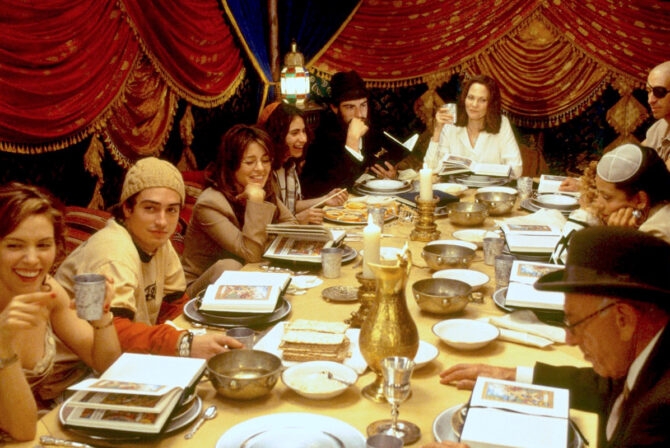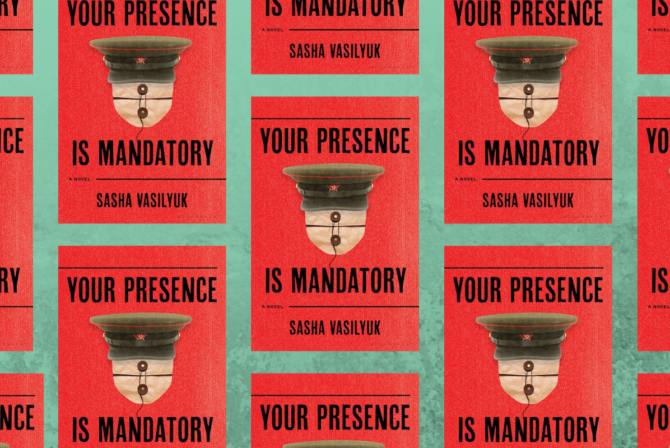I grew up in a world without Barbie. She was a toy that other people had, something exotic and forbidden. Her sparkly wrap dresses and fancy shoes called out to me like a siren song from the tempting ocean as I waited on the dry beach. Before the days of after-school programs, I would walk to a babysitter’s house after school. Those houses were full of Barbies, and I’d spend hours dressing them up, brushing their always tangled hair, and sorting their accessories. It was one of the secrets I kept from my mother; I knew that she wouldn’t approve. Barbie was not going to share a house with “Our Bodies, Ourselves” and “Free to Be You and Me.” It wasn’t happening—no point in wishing for it.
But now I’m the mother and, while certainly a feminist, my stance is more relaxed, more third wave, less militant. My daughter’s room is purple. There are princesses, ruffles, sparkles, hair clips, and recently there has been a request for Barbie. “I want a Barbie for Hanukkah, please Mommy!”
READ: Think You Hate Barbies? You’ll Probably Love Their New Ad
Now, she already has dolls, an assortment that she’s been given or inherited, and so far she doesn’t play with them very much. But her request made me stop in my tracks because of my own fraught history with the blonde bombshell. Would we buy her a Barbie? Would we?
Barbie’s recent advertising campaign caught my attention. The little girls, pretending at being grown up, using their Barbies as a proxy for adulthood, are very appealing and, frankly, they have a point. It may be that the things that drive adult feminists crazy about Barbie (her impossible waistline, breasts, legs, and hair… no nipples, feet permanently stuck in high-heel position, I could go on…) go largely unnoticed by little girls, and that their play is just focused on the imaginative possibilities of dolls. If that’s the case, though, wouldn’t any doll do? Does it have to be a doll whose physicality is so disconnected from reality, who sets up such impossible expectations for growing girls? Couldn’t it be a doll who looks a little more like them?
So I sat on my hands for a few weeks. I didn’t buy the Barbie, and I didn’t not buy the Barbie. I avoided making a decision—a little cowardly, I know. I threw the toy store Christmas flyers in the recycling bin and thought of other things. But Barbie and her 16-inch waist kept nagging at me from the corners of my mind.
READ: This Woman Turns Bratz Dolls into Remarkable Women Like Malala
My daughter is 4. She’s too young to have an understanding of why Barbie is so fraught with politics. She really just wants to have toys like the ones her friends have. She wants more dolls to dress up and more hair to brush. She wants to read to them and teach them the alphabet. What to do?
The answer came as I was wandering through the local toy store, looking for some inspiration. There she was on a high shelf, Lottie doll. She’s shaped like a little girl. She wears flats. You can buy little sports uniforms for her as well as ball gowns. There’s even an astronomer Lottie… feminists rejoice! She’s lovely. So, while my children were engrossed in the store’s train set, I snuck Lottie into my arms and over to the cash.
READ: Target Decides to Phase Out Gendered Advertising
I’m going to be very interested in how my daughter reacts to this Barbie-but-not-Barbie doll. Will she even notice? Will I get to have my feminist cake and eat it, too? Only time and the whims of a 4-year-old will tell.







